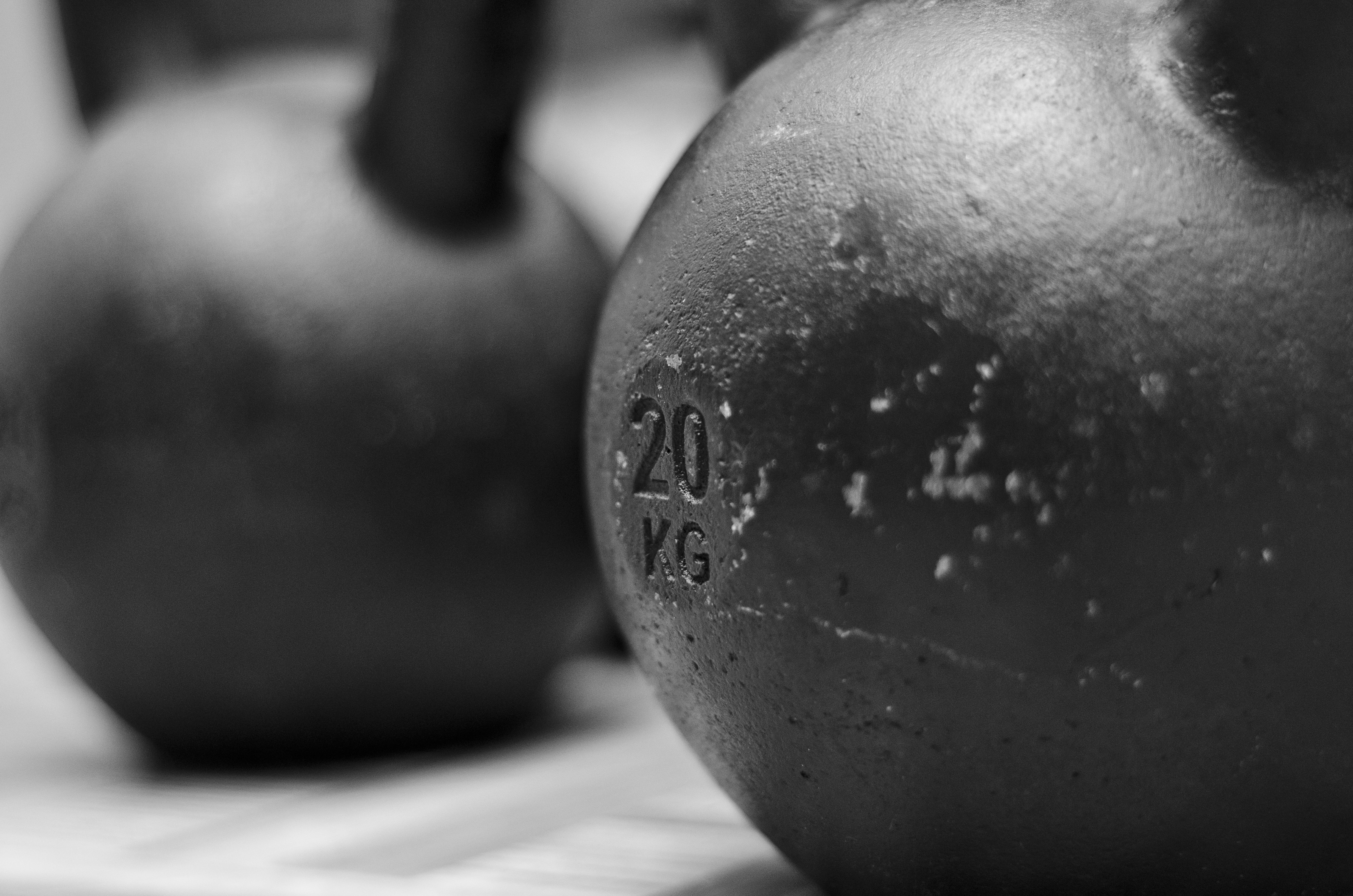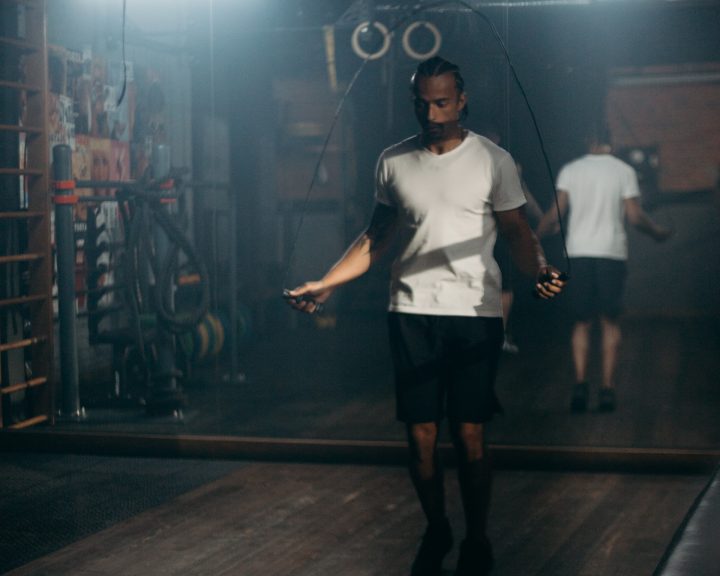There’s a great deal of interest in making team sport athletes faster sprinters. There are a lot of approaches to doing this from speed training to strength training to plyometrics. Speed training correlates pretty well to improving running speed, but strength training and plyometrics tend to be all over the map when it comes to the research.
Kawamori et al, in the March issue of the Journal of Strength and Conditioning Research, studied this using team sport athletes (no track sprinters included). They studied thirty males with a team sports background and had them perform six 10 meter sprints from a standing, parallel start. Each sprint was timed and ground reaction forces were recorded at either the first step or at 8 meters. The authors were looking to determine the relationship between various ground reaction forces and performance, which has implications for using strength training and plyometrics to improve speed.
The authors found that at the first step, no measure of vertical, horizontal, braking, or propulsive impulse was related to 10 meter sprinting performance. The correlations ranged from -0.19 for vertical impulse to -0.29 for propulsive impulse.
When looking at ground reaction forces at the 8 meter mark, the results are a little different:
There are decent correlations between relative propulsive impulse and relative net horizontal impulse with10 meter sprint time. There is a weak positive relationship between relative vertical impulse and 10 meter sprint time (i.e. more vertical impulse means a slower sprint time).
There are some interesting things from this study:
• First, the lack of a relationship between any measures at the first step. The authors were surprised by this and note that this may be due to the parallel nature of the start. From a parallel position the first step in the sprint is a short one, which may limit the force production capability of the athlete. Duplicating this study using split starts might have different results. This is also important because it has implications to different sports and different positions.
• Second, the positive relationship between vertical impulse and sprint time. Remember, this means that more vertical force application lead to a slower sprint time, which is a bad thing. This is also contrary to some of the trendy approaches to speed training that are out there. The authors suggest that a greater vertical force means a lesser ability to exert horizontal force, which is food for thought.
• Finally, the relationship of the horizontal impulse with the sprinting time suggests that the direction in which force is applied is important for performance.
The direction of force application is important for the strength and conditioning professional. Strength training does not do a good job of training force application in the horizontal direction. Plyometrics can develop this, but it needs to be the emphasize. For example, bounds for distance as opposed to height. Horizontal jumps as opposed to vertical ones, that sort of thing. This also has implications for using resisted sprinting tools, as they have the potential to enhance force output in the horizontal direction.
Kawamori, N., Nosaka, K., and Newton, R.U. (2013). Relationship between ground reaction impulse and sprint acceleration performance in team sport athletes. Journal of Strength and Conditioning Research, 27(3): 568-573.




